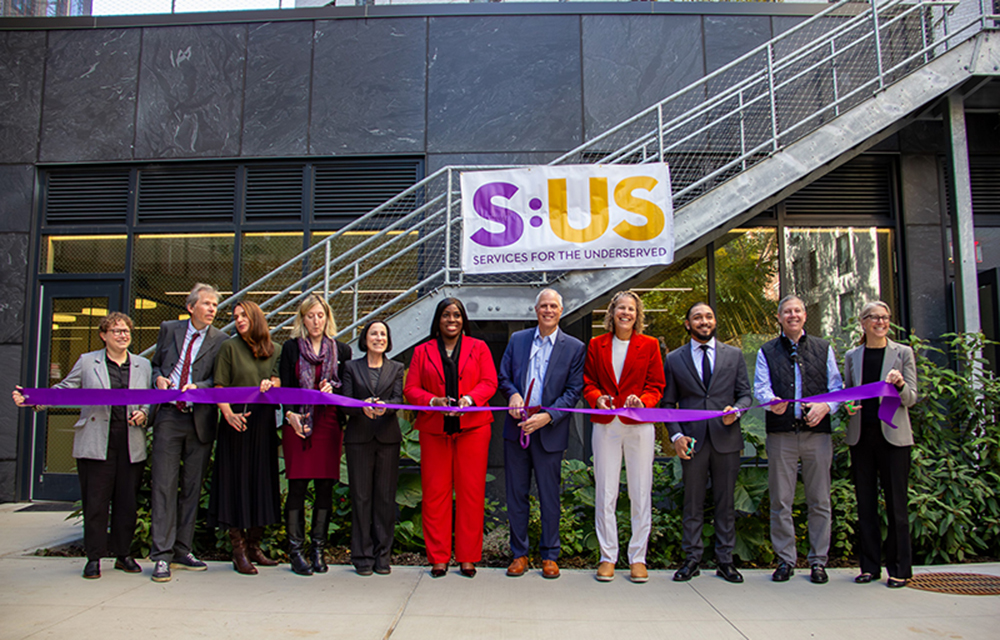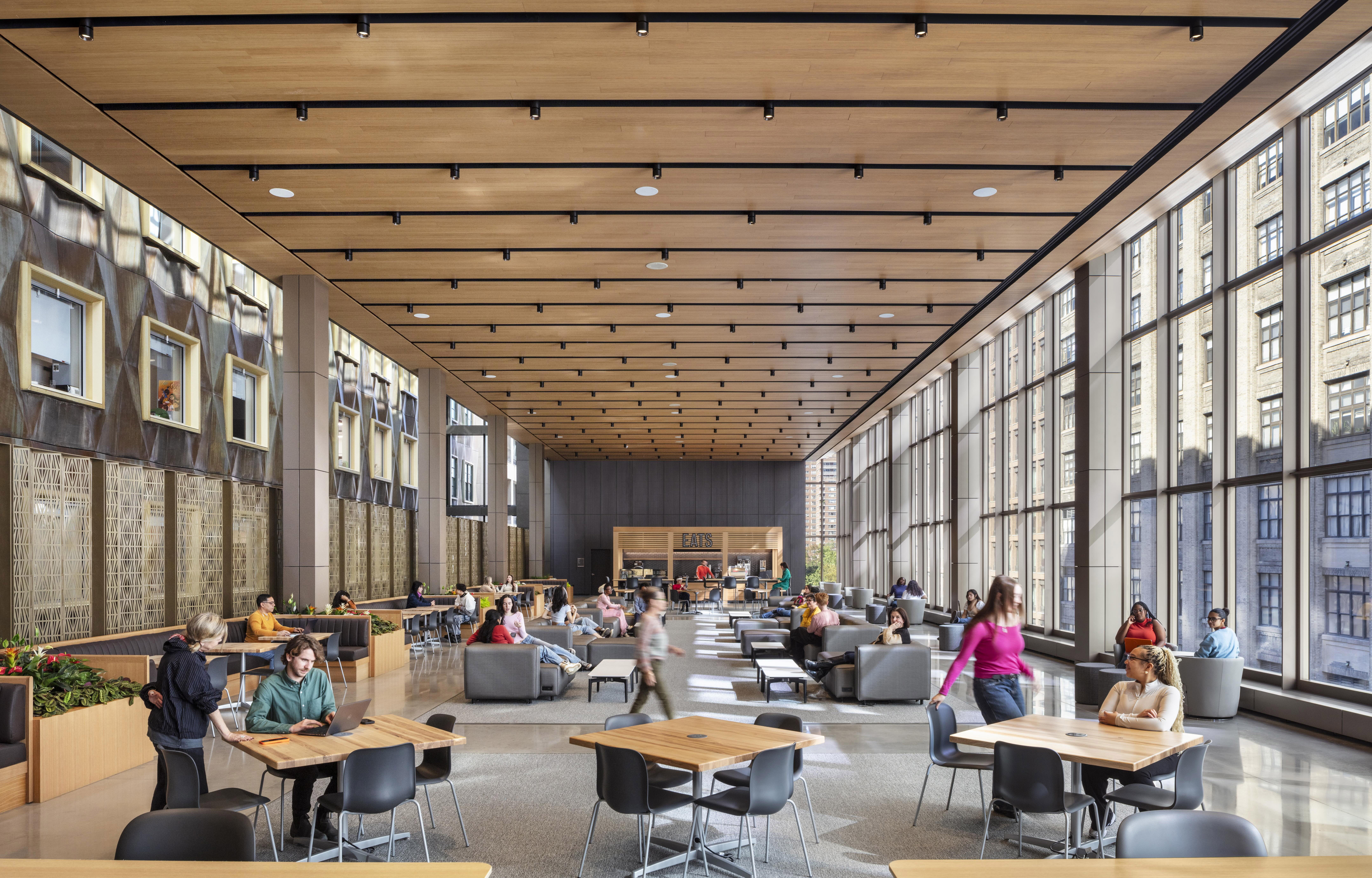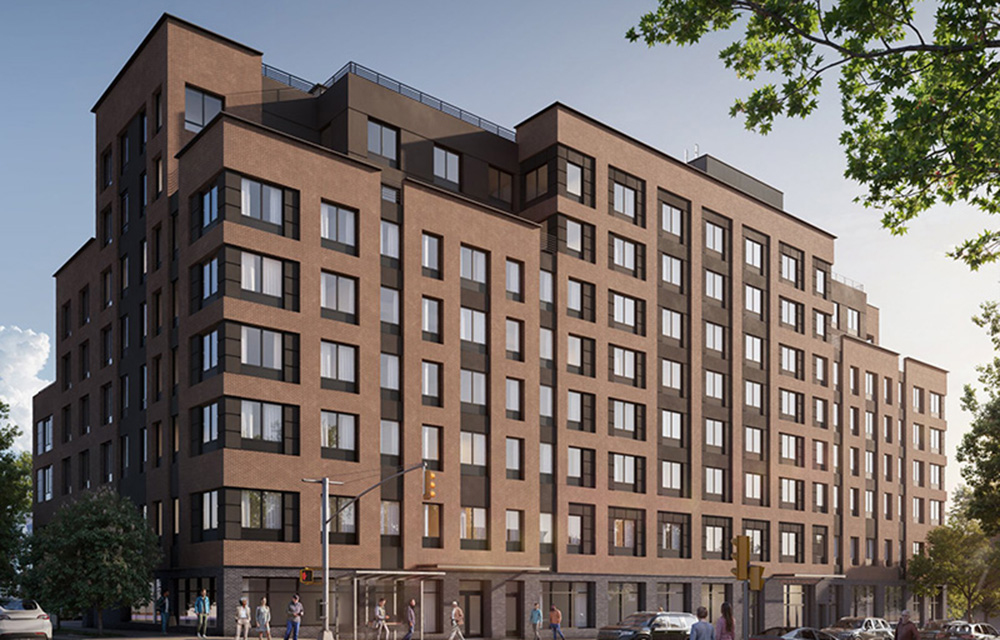The rise of agile workspaces: A design concept that can improve workflow/inter-office relationships - by Camille Tighe

The transformation of traditional office space through open-plan workspaces has been heralded as the next great frontier in office productivity and culture, encouraging open communication, collaboration, and efficient use of space. Many recent open-plan offices have embraced contemporary design with aesthetically pleasing decor and dynamic lifestyle elements such as coffee bars, full-service café, lounge areas, and treadmill desks. In the past year, however, open office design has come under some scrutiny. A recent Harvard study found that while open office workspaces can lead to increased communication, they also can inhibit productivity. According to the study, the lack of privacy and the abundance of distractions and noise have limited employees’ ability to focus.
Clearly, the open office workspace model can lead to issues when the design fails to accommodate the wide-ranging needs and work patterns of all employees. However, open workspaces that are thoughtfully designed to create a fluid environment with different terrains for different employees can produce powerful results. Likewise, agile workspaces, which often incorporate an open plan, are an increasingly attractive design concept that can help improve workflow and inter-office relationships while also enhancing technological capabilities. Agile workspaces are especially attractive as tenants seek to limit their costs and prepare for the possibility of future expansions, contractions and moves.
In a world where technological advances are constantly occurring, agile workspaces initially gained popularity because of a rising demand for easily adaptable spaces that could accommodate this constant technological growth. The design trend’s particular focus was the growing importance of remote and mixed mobile access, allowing employees to work from anywhere without any compromise on the quality of connectivity and communication.
However, agile design has now evolved. It concentrates almost entirely on creating a workspace that allows employees to move fluidly through the office, choosing workspace based on task, as opposed to being tied to the same desk or office every day. This design movement is rooted in creating a space that provides more options, supports collaborative work and communication, and adapts to company growth and the shifting trends in the work world.
Before designing an agile workspace, it is important to first monitor and understand how space is being used to develop a solution that optimally supports employee work patterns and behaviors. Agile workspaces should provide a wide variety of activity-based workspaces, enabling workers to move throughout the space and switch from one task to the next. Whether it’s answering emails, having a quick impromptu meeting, or taking a conference call, there should be individual workspaces, small group areas, brainstorm break-out options with comfortable and flexible seating, pods and booths for quiet work and phone calls, large communal spaces for team meetings and open communication and areas of respite for recharging. Having a balance of open-plan, break-out spaces mixed with private, quiet areas are critical to effective agile workspace design.
Furniture design and placement is also a crucial tool for providing effective agile workspaces. Using convertible and moveable furniture allows for flexibility, giving employees the option to reconfigure seating depending on what works best for them. Technological access is also important, one key is intuitive Wi-Fi and charging stations designed for informal meetings, brainstorms, and group-work sessions. It is important to incorporate remote and mixed-use access tools into all types of office workspaces to create a seamless transition from remote to in-office employees. Agile workspace design can also include the creation of a smart office space or building. Connecting all technology, Wi-Fi, lighting and HVAC onto the same platform not only allows for easy access, but it can also harness the data from these services to adjust the office environment to best serve its occupants.
Vocon views agile workspaces as an important element of effective workplace design, and we strive to include aspects of it in all design projects. Having access to office settings optimized to each type of work activity performed throughout the day has shown to improve how employees think, open up communication channels, and strengthen overall performance. By studying how employees utilize space, considering flexible furniture and tech solutions, and listening to client feedback we can develop recommendations for the most effective workplace environment. Functionality and beauty stand at the center of all design elements, enabling the space to work for its occupants. In many ways, an agile workspace is a lens through which all design should be viewed. Its flexibility allows for technological advancements, such as artificial intelligence and efficient work patterns, while maximizing productivity and workplace culture.
Camille Tighe is a workplace strategist at Vocon, Cleveland, OH.
Troutbrook expands with boutique condo project and Marriott Fairfield Inn & Suites renovation








.gif)
.jpg)
.gif)
.gif)